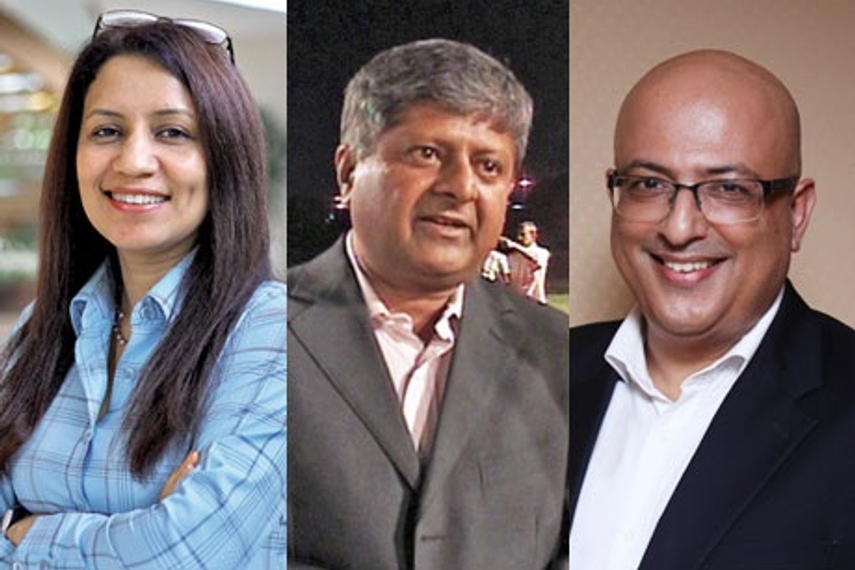
Please sign in or register
Existing users sign in here
Having trouble signing in?
Contact Customer Support at
[email protected]
or call+91 22 69489600
Anupriya Acharya, Shashi Sinha and Vikram Sakhuja discussed the year gone by and 2016 advertising spend projections

Contact Customer Support at
[email protected]
or call+91 22 69489600
Top news, insights and analysis every weekday
Sign up for Campaign Bulletins
Brands rely on advertising research for their PR strategy. But these insights are designed for creative messaging, not behavioural or cultural context.
Following an operational disruption earlier this year, the renewed brand direction focuses on resilience, intent and community connection.
IAA India and Snapchat brought together agencies and creators for a hands-on look at AR’s growing role.
Here's something that might surprise media planners: when someone watches live sports on their TV, and someone else watches on their phone, they're probably not the same person switching devices. They're actually different audiences.